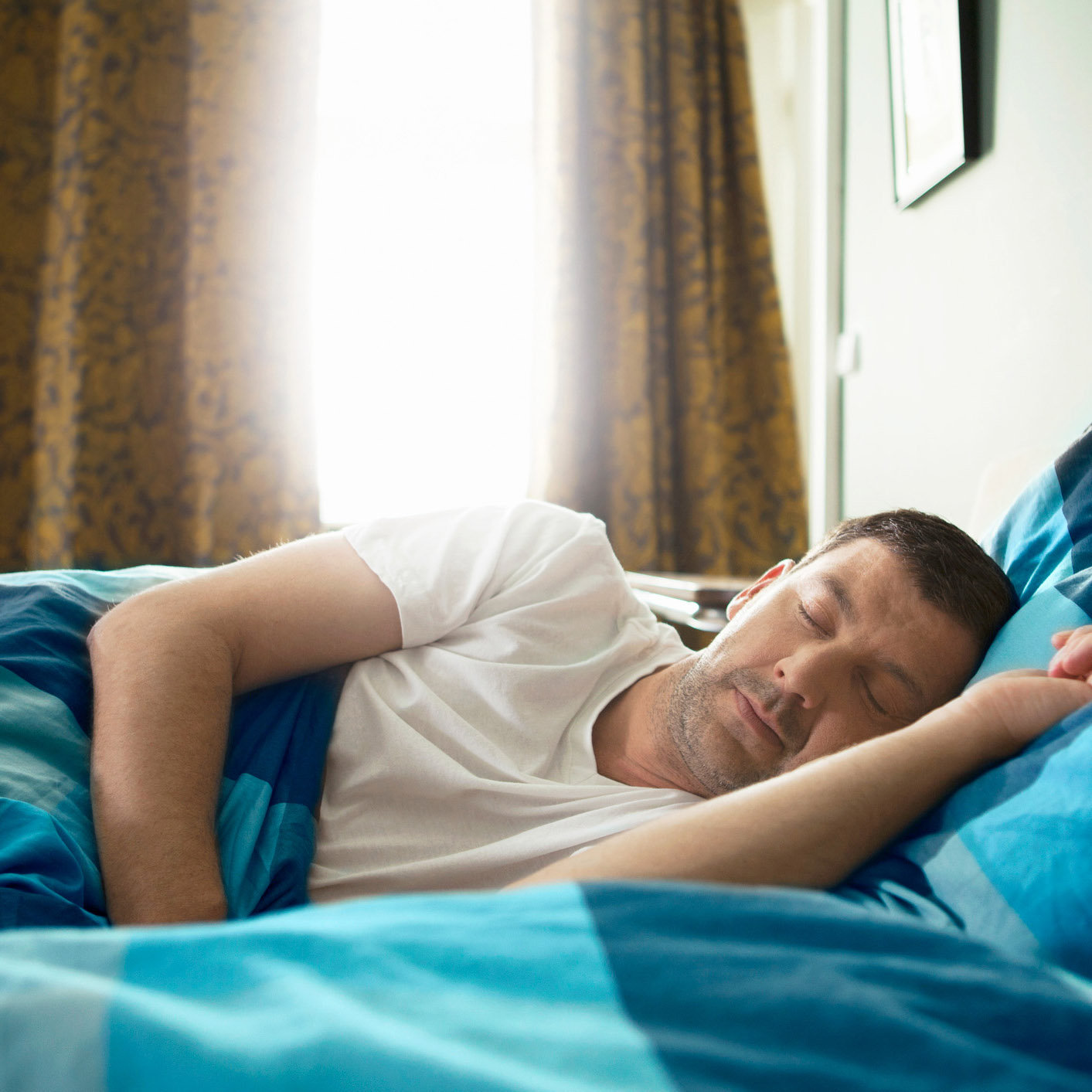What you need to know about seasonal depression

Got the winter blues? These treatment options could help you stop seasonal depression in its tracks.
It’s normal to feel down or out of sorts occasionally, especially in the fall and winter months. But if you consistently notice significant changes in your mood and behavior for days that begins around the same time each year, you may be suffering from seasonal affective disorder (SAD).
What is seasonal affective disorder?
SAD is a type of depression that affects about 5% of adults in the U.S.1 It’s characterized by shifts in normal mood and behavior around certain times of year, with symptoms lasting for 4 to 5 months.
Most people experience seasonal depression during the fall and winter months, when the days are shorter and the nights are longer. Some people do experience SAD in the spring or summer, although it’s much less common.
Certain people are more prone to experiencing SAD, such as women, young adults, those with a history of major depressive disorder or bipolar disorder, and those who live farther north where there is less daylight in the winter.
There is no definitive cause of SAD, but it’s widely thought that shorter days coupled with less sunlight triggers chemicals in the brain that cause symptoms of depression. There may be a connection between SAD and a drop in serotonin levels, a “feel good” chemical in your brain, or an increase in melatonin, a hormone your brain produces in response to darkness that plays a role in sleep.
Symptoms of seasonal affective disorder
There is a wide range of symptoms that are associated with seasonal depression. They include:
- Feeling sad or down all day, nearly every day
- Feeling hopeless, worthless, or guilty
- Daytime drowsiness
- Changes in sleeping behavior
- Loss of interest in activities you used to enjoy
- Irritability and anxiety
- Trouble thinking clearly
- Weight gain
- Increased appetite, particularly for sweets and carbohydrates
- Headaches
- Social withdrawal
- Fatigue or low energy
- Difficulty concentrating or focusing
Keep in mind that symptoms of SAD may be similar to a number of different health conditions, so it’s best to consult with a medical professional to ensure the proper diagnosis.
How do you know if you have seasonal depression?
Talk to your doctor if you believe you are experiencing seasonal depression. They may ask you to fill out a questionnaire to screen for SAD or refer you to a psychiatrist or mental health professional who can provide a psychological evaluation.
Depression symptoms may be linked to other underlying health conditions. In some cases, your doctor will request lab tests such as a complete blood count (CBC) and thyroid panel to rule out conditions that overlap in symptoms, such as chronic fatigue syndrome, hypothyroidism, and bipolar disorder.
Understanding your treatment options for seasonal depression
While SAD symptoms will generally improve on their own as the seasons change, there are a few treatment options available to help improve seasonal depression symptoms quicker and prevent complications, especially if you take steps early.
Therapy
- Light therapy is often the first line of treatment for seasonal depression, particularly if it starts in the fall or winter. This is where you sit in front of a special UV light box for about 30 minutes each morning within an hour or two of waking up. The light box is designed to mimic natural outdoor light. It has very few side effects, and people often see results within a few days to a few weeks. Talk to your healthcare provider before purchasing a light box or SAD lamp. They can help you figure out which light box is best for you and ensure that you purchase a good quality product.
- Talk therapy is another common treatment option for SAD. This involves talking with a therapist to learn ways to cope with seasonal depression symptoms, ways to identify and change negative thought patterns, how to manage stress, and how to build healthy behaviors.
Medications
- Antidepressants can be very helpful in improving SAD symptoms, especially if symptoms are severe. There are several different medication options. Selective serotonin reuptake inhibitors (SSRIs) like fluoxetine (Prozac), citalopram (Celexa), and escitalopram (Lexapro) are the most commonly prescribed antidepressants for treating SAD. In addition to SSRIs, the FDA specifically approved extended-release Wellbutrin XL® and Aplenzin® to prevent SAD. All medications can have side effects, so make sure you talk to your doctor or pharmacist about the possible risks of using these medications and potential interactions with any other medications you may be taking.
Other ways to manage seasonal depression
- Add in regular exercise. Exercise is one of the best ways to elevate your mood and help relieve stress and anxiety because it releases endorphins and helps improves energy levels. Think things like gentle stretching, yoga, meditation, walking, running, or strength training.
- Expose yourself to sunlight. It’s widely believed that a lack of sunlight may contribute to SAD. Therefore, finding ways to get more sun exposure should help alleviate symptoms. Do things like opening your blinds, taking long walks, or eating lunch outside. Even on cold, cloudy days, exposure to outdoor light can help.
- Set a sleep schedule. Poor sleep habits can exacerbate depression, and depression can cause sleep problems. By setting consistent sleep and wake times, you can give your body the opportunity to get sufficient quality sleep.
We’re here for you
If you’ve been prescribed antidepressants to treat seasonal depression symptoms, Express Scripts® Pharmacy is here to help. Our pharmacists are available 24/7 to answer your medication questions, and they can advise you on your medication options.
If you or someone you love is struggling with thoughts of suicide, help is just a phone call or text away. Call or text the National Suicide Prevention Lifeline at 988. There is also an option to chat online with a crisis counselor through the Lifeline website.
1 American Psychiatric Association: Seasonal Affective Disorder (SAD) (accessed October 2, 2023): https://www.psychiatry.org/patients-families/seasonal-affective-disorder.
Posted date: November 27, 2024


